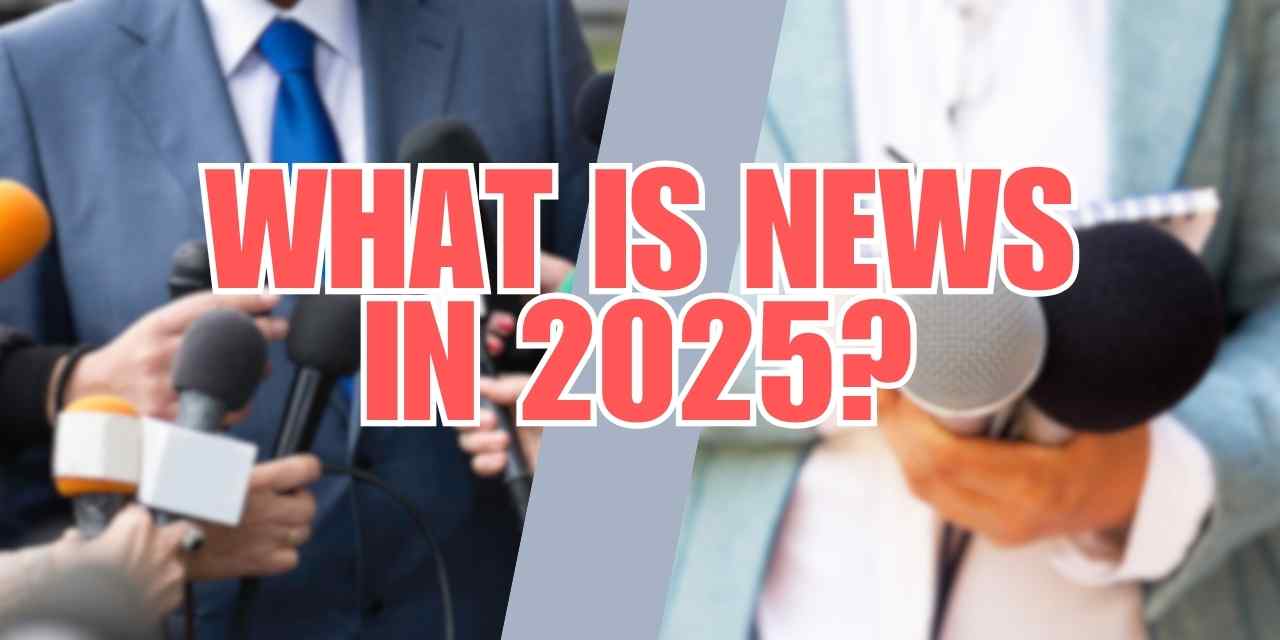
In today’s digital media landscape, “news” is no longer just what journalists say it is. According to a new study by the Pew Research Center, Americans are increasingly determining for themselves what counts as news — and what doesn’t.
The May 2025 report, What Is News?, reveals how U.S. adults are reshaping the definition of news based on personal relevance, identity, trust, and emotion — blurring the lines between fact, opinion, entertainment, and civic information.
A personalized definition of news
While traditional journalism once defined news as timely, factual reporting produced by professionals, today’s audiences take a different approach. Pew found that:
- 77% of Americans follow the news at least some of the time
- 44% intentionally seek out news often
- But what they consider “news” varies widely
The study shows that for many people, news is deeply personal. Participants described it as information that is:
- Factual (85%)
- Up to date (78%)
- Important to society (72%)
- And often, personally relevant, even if less traditionally newsworthy
As one respondent put it, “News is the information that matters to me and affects my life on a consistent basis.”
What Americans think isn’t news
The study also clarifies what many Americans don’t consider news:
- Celebrity gossip and entertainment content were consistently ranked lowest. Only 3% said celebrity stories are “definitely news.”
- Opinion and bias turn people off. Many said they want “just the facts” and are wary of politicized reporting.
That said, 55% of Americans still prefer news sources that align with their political views, revealing a disconnect between what people say they want (unbiased facts) and how they behave.
Who defines news now? Not just journalists
The rise of digital and social platforms has shifted power away from traditional media institutions. Pew’s researchers describe this as an “audience turn,” where the public—not the press—defines the boundaries of news.
For example:
- A post on Facebook by a local group about a traffic jam might be “news” to a user in that neighborhood
- A YouTube video by a verified news outlet is more likely to be trusted than a viral clip with no attribution
Factors that influence whether someone thinks content is news include:
- Source reputation (Is it from a recognized outlet or individual?)
- Visual cues (Is there video? Does it say “BREAKING”?)
- Evidence and context (Are there links or cited facts?)
The emotional toll of the modern news cycle
While Americans say they need to stay informed, they also report strong negative emotions tied to the news:
- 42% feel angry, and 38% feel sad, at least often
- Only 10% feel hopeful, and just 7% say the news makes them feel happy
Still, 46% say the news makes them feel informed often — the top positive emotional response in the study.
This emotional tension leads some to avoid news altogether. “I can become overwhelmed and need to step away for a while,” said one woman in her 60s.
What people want from the news
Despite deepening polarization and growing skepticism, Americans still expect news to serve a civic role. According to the study, people want news that is:
- Factual and nonpartisan
- Relevant to their lives
- Transparent about bias or ownership
- Less negative, with more human-interest and solution-focused stories
But personalization through algorithms may be making this more difficult. As one editor noted, “what constitutes news now is what people find interesting — not always what’s in the public interest.”
The future of news is subjective
Ultimately, news is no longer one-size-fits-all. It’s a blend of what audiences need, want, and feel. As media consumption grows increasingly personalized, the role of journalism may be shifting from gatekeeping to guidance — helping people navigate a noisy and emotionally charged information landscape.
